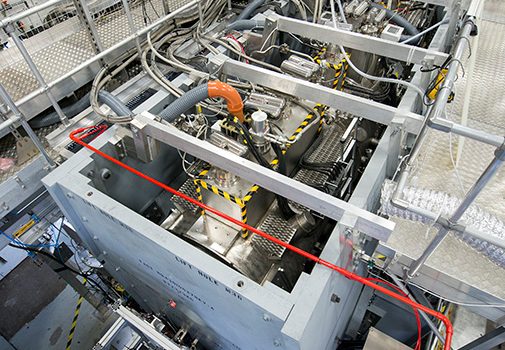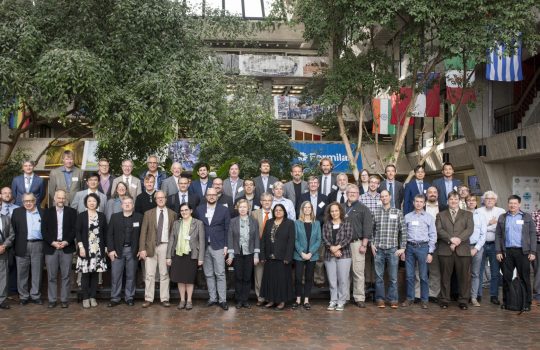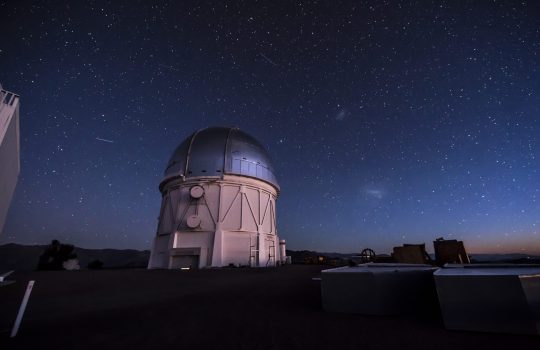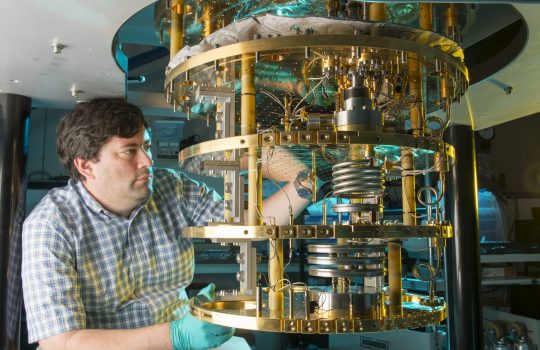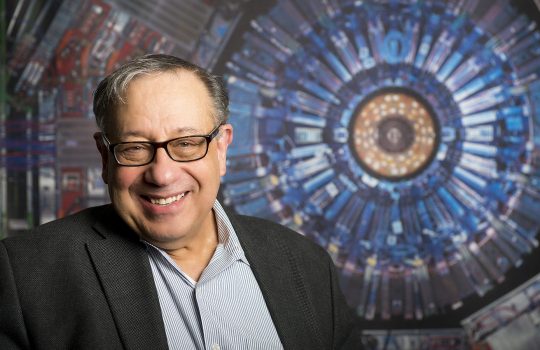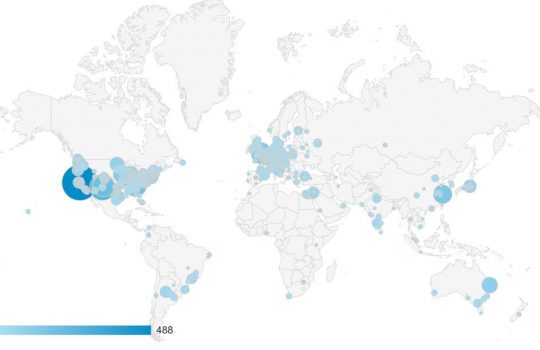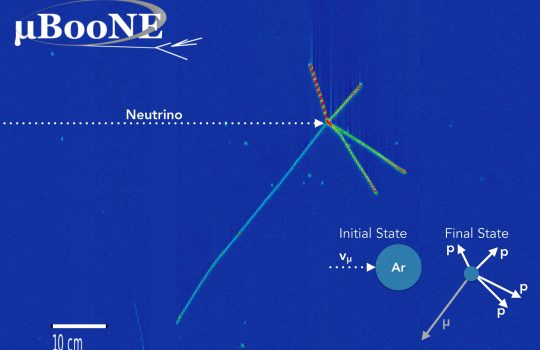MICE experiment demonstrates key technique for future muon colliders
For the first time, scientists have observed muon ionization cooling — a major step toward the realization of the muon collider. If built, a future muon collider could provide 10 times the discovery reach of CERN’s Large Hadron Collider.

